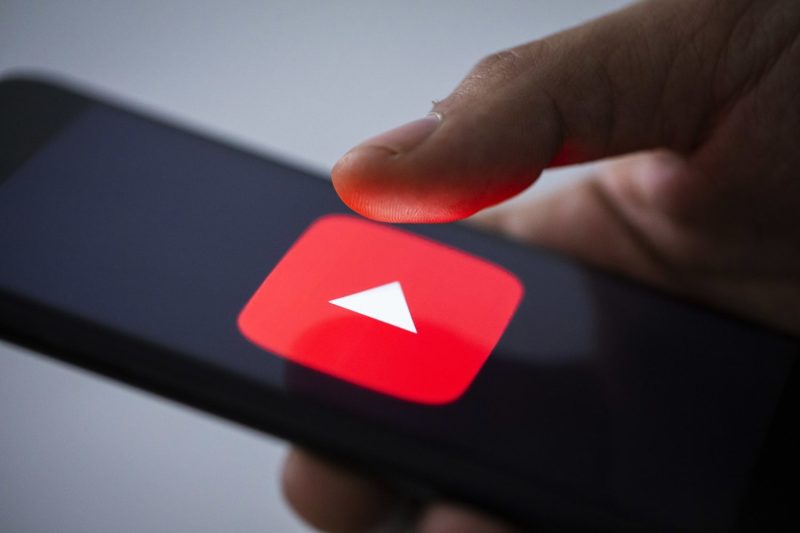YouTube is Dominating the Living Room: Forcing Media Companies to Decide Whether It’s Friend or Foe
The Shift in Viewing Habits
Traditional media companies are facing a significant challenge as YouTube continues to dominate the living room. With the rise of smart TVs and streaming devices, more and more consumers are choosing to watch YouTube content on their larger screens instead of traditional broadcast or cable television. This shift in viewing habits has forced media companies to reevaluate their strategies and figure out how to adapt to this changing landscape.
YouTube’s Influence on Media Consumption
One of the main reasons behind YouTube’s success in the living room is its vast array of content. From music videos and vlogs to educational tutorials and entertainment shows, YouTube offers something for everyone. This diverse range of content has made it a popular choice for viewers looking to consume video content on their terms.
Furthermore, YouTube’s algorithms and recommendation systems play a crucial role in keeping viewers engaged for longer periods. By suggesting videos based on a user’s preferences and viewing history, YouTube creates a personalized viewing experience that is hard to replicate through traditional television.
A Friend or Foe?
For media companies, YouTube’s dominance in the living room can be seen as both a friend and a foe. On one hand, media companies can leverage YouTube as a platform to reach a wider audience and monetize their content through advertising or subscription models. Many traditional media companies have created YouTube channels to reach younger audiences and diversify their revenue streams.
On the other hand, YouTube’s popularity has also led to increased competition and fragmentation in the media landscape. With millions of creators vying for viewers’ attention, traditional media companies must find ways to stand out and retain their audience share.
Furthermore, the rise of user-generated content on YouTube has challenged the authority of traditional media companies and blurred the lines between professional and amateur content. This democratization of content creation has disrupted the traditional media industry and forced companies to rethink their strategies for engaging with consumers.
Adapting to Change
In order to stay relevant in an increasingly digital world, media companies must adapt to the changing habits of consumers. This means exploring new distribution channels, investing in digital content creation, and engaging with audiences on social media platforms like YouTube.
By embracing YouTube as a distribution channel and collaborating with creators, media companies can tap into the platform’s massive audience and create engaging content that resonates with viewers. Additionally, media companies can use YouTube analytics and data insights to better understand their audience and tailor their content to meet their preferences.
Overall, YouTube’s dominance in the living room is a reality that media companies cannot ignore. By embracing this change and adapting their strategies accordingly, media companies can thrive in an evolving media landscape and continue to engage with audiences in meaningful ways.



























